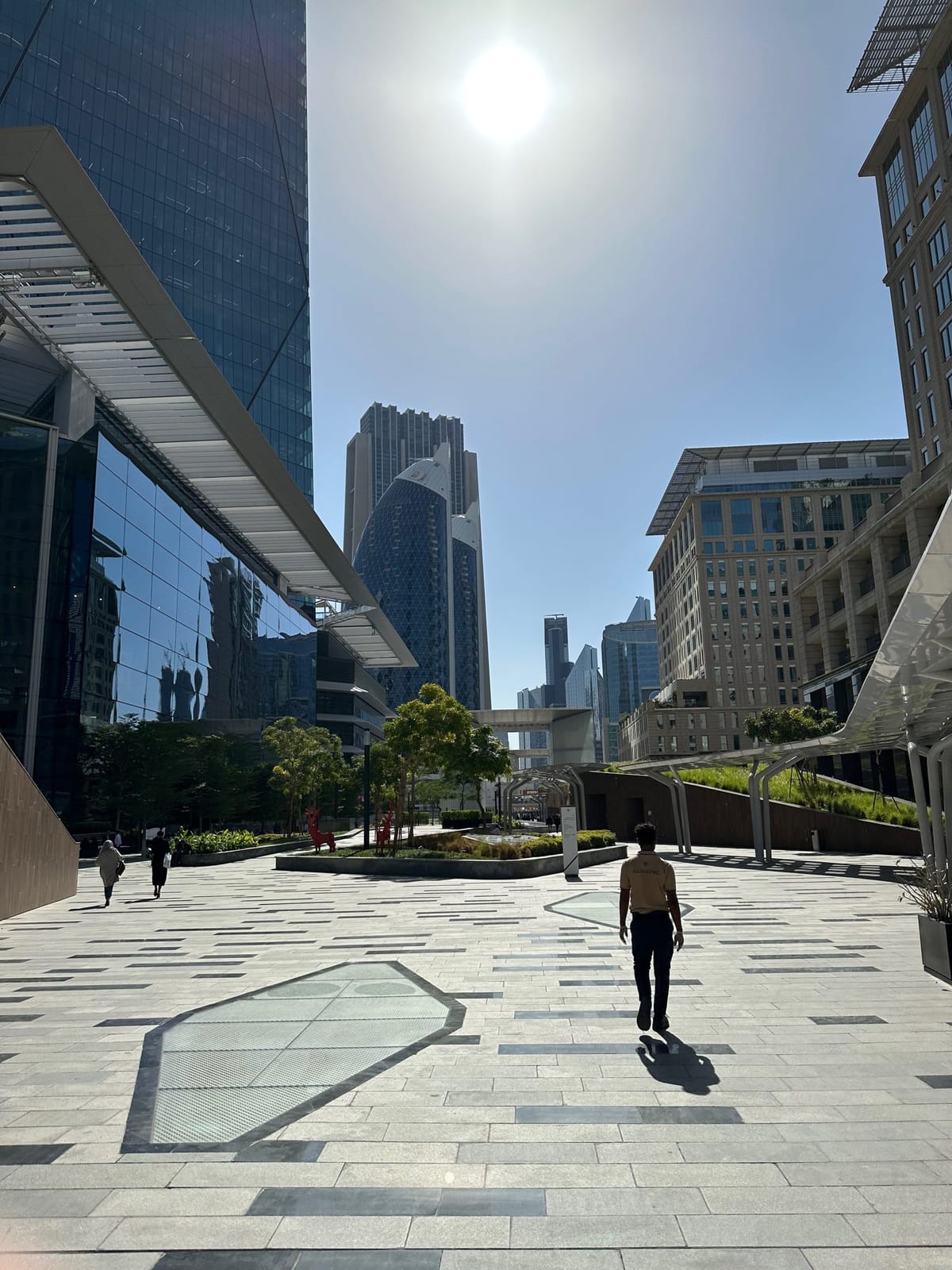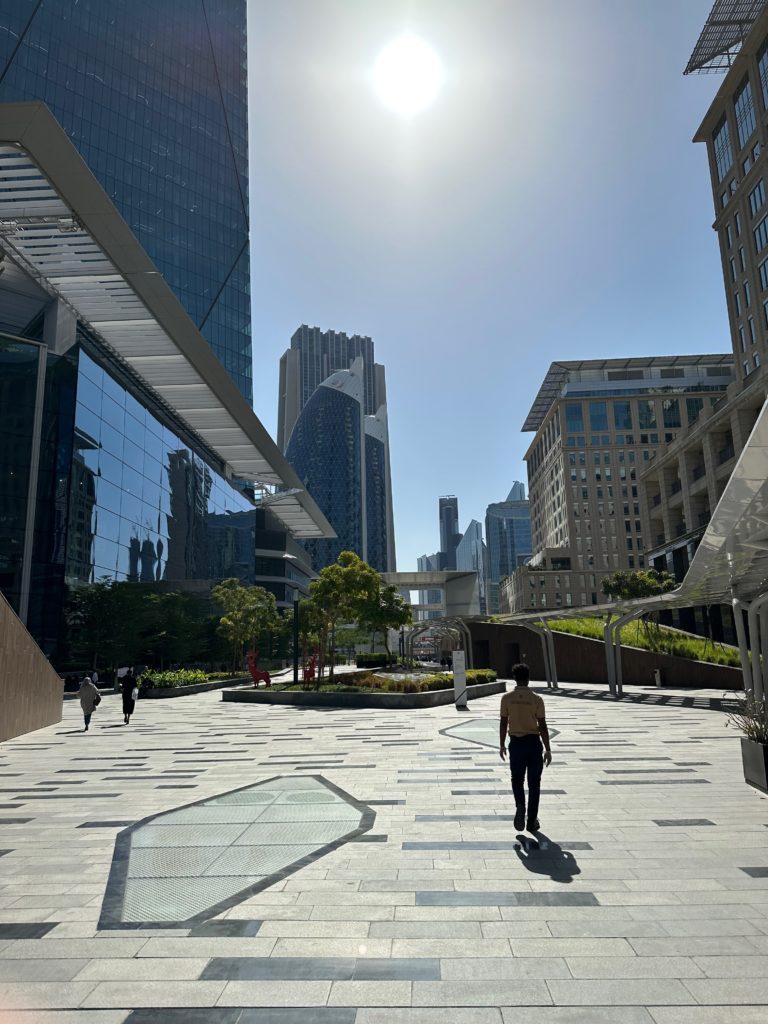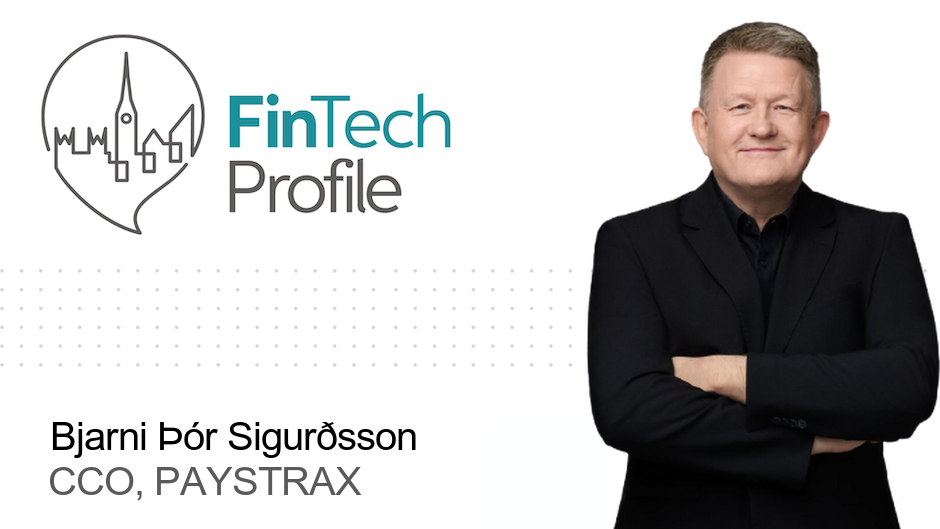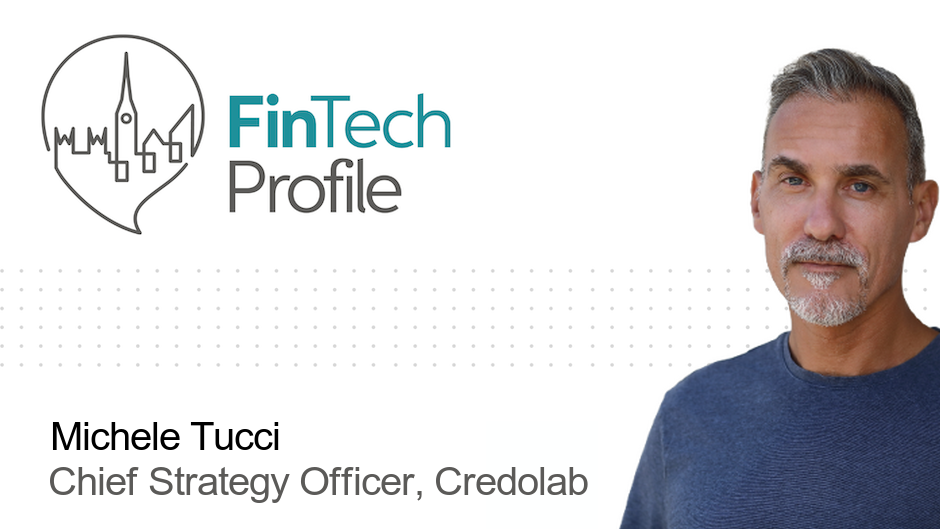Contactless Dubai: You can leave your cards at home!


First, some context.
Back in September last year, I flew into Copenhagen for one of the world’s finest FinTech events: Nordic FinTech Week. I headed from the airport to the hotel and then changed out of my ’40 degree heat Muscat clothes’ and then raced off to Copenhagen FinTech Hub for their networking reception.
But… and this is important… just before I left the hotel room, I checked I had:
- My hotel keycard (I wasn’t staying in a ‘contactless Hilton’)
- My phone
- My credit/debit cards
I don’t have a wallet. I don’t like carrying a wallet. Instead, in Muscat, I would routinely carry a small deck of about 7 cards – debit & credit.
I then hopped on a Tier bike and pedalled furiously amongst the other serene Danes to reach the other side of the river in time for the event.
All was good until, for some reason, the topic of payment came up. I had reached into my pocket to bring out my cards… I can’t remember why.
And that’s when my former Nordea colleague looked at me, shocked. Open mouth shocked. “What happened to you?” they asked me.
It took a few moments for me to realise that I had effectively committed a ridiculously silly faux pas – at Copenhagen FinTech Hub of all places. No one, you see, in Denmark, carries physical plastic.
Not when there is Apple Pay, Google Pay, Samsung Pay, FitBit Pay… and so on. It is incredibly rare to see any Dane – or, I’d venture to suggest, any Nordic person, waving around their debit or credit card at a payment terminal.
I, of course, have been living in Muscat where Apple Pay (my preferred mobile payment mechanism) is… well it’s possible, but I have to use something like Revolut or Monzo… which is constantly having to convert pounds sterling to Omani Rials at sometimes rather differing exchange rates. So I tended to default to using….ewwww…. an actual set of physical cards. Apple Pay is not yet supported in Oman so you can’t use native Omani cards with it yet.
Dear reader, I felt naked that evening as I was about to leave the hotel room. I thought “I better be prepared,” and took my ‘cards’ with me in a pocket.
When I lived in Denmark, I never did this. I never bothered with a wallet. Never.
It was so fabulous. I used Apple Pay (and sometimes Google Pay) for absolutely everything. Sometimes I just left the house with my Apple Watch. If I suddenly needed fuel for the car or the children wanted an ice cream, I’d use the Watch.
I marvelled at the ability to more or less travel the length of the Nordics from Denmark to Finland and not have to use a physical card at all.
Now then: Of course physical cards are in use in Denmark. But around the cafes, shops and restaurants in downtown Copenhagen, I really struggled to find anyone in the queues NOT paying with a phone or a watch. I think I found one lady ahead of me in the queue at Netto using an actual contactless card to pay for her shopping. I wasn’t able to take a photo quick enough as proof 😉
The February 2022 National Bank (of Denmark) report on Digitalisation highlights that in 2021, there were about 4 billion physical payments made in Denmark. 1.3bn of these were made by cards (debit/credit). 445 million were made by mobile — and this is where it gets interesting — this comprises MobilePay (the Danish mobile wallet, 100m transactions), Apple Pay (186m), Google Pay (27m) and the Dankort app (83m). Other methods, e.g. FitBit Pay etc. account for 50m transactions.
Astonishing. So whilst I’ve been a bit superlative with my descriptions (“everyone uses mobile in Denmark”), I think it’s fair to say that mobile payments across the country (and Nordic region) are very, very popular.
Now then, let’s get to Dubai.
A number of my colleagues from the Nordics — and the UK — had suggested to me that I would find it difficult to live in the same fashion in the likes of Dubai in the Middle East.
They did the ‘wavy hand’ thing at me when I objected. The sort of dismissive movement that indicated they believed the market and the point-of-sale infrastructure was simply not mature enough to live a ‘mobile contactless lifestyle’. I objected again. Strongly.
And then I decided to set myself a challenge given I was planning my GCC FinTech Tour. I challenged myself to complete my tour from London Airport and throughout my time here in Dubai (and beyond) without ever using a physical credit or debit card.
There were two exceptions I allowed myself – and these are, I think you’ll agree, perfectly fair, given the same is applicable in Denmark. Namely:
- Hotel check-in: If required, the hotel reception team often will need to take a pre-authorisation on your card — routinely the systems require a physical card for this. I used to have to carry my Nordea First Card in the bottom of my bag whenever I traveled across the region for this express purpose too.
- Rental car deposit: Same as the hotel deposit – this is usually needs a physical card to be provided.
Here, then, dear reader, is how I have got on:
- Boots (vitamins) at the airport: Apple Pay
- Standard airport taxi journey from Dubai to Hotel: Apple Pay
- Hotel check-in: Had to insert the card.
- Chap from Europcar: Needed my actual Amex card and I had that to hand. Although I should have tried with Amex Apple Pay to see what happened. I was too busy playing by the Europcar rules that explicitly required my ‘card to be present’ in their policy documentation.
- Spinneys for some shopping: Apple Pay
- Kababji Grill for some lunch: Apple Pay
- Cafe Bateel at DIFC: Apple Pay
- Costa Coffee, JLT: Apple Pay
- Flow Cafe, Dubai Internet City: Apple Pay
- Abu Dhabi: ADNOC Abu Dhabi for fuel: Apple Pay
- Abu Dhabi: Waitrose Abu Dhabi (chocs for Peter): Apple Pay
- Abu Dhabi: Kababji Grill again for lunch: Apple Pay
- Etisalat for SIM card and plan: Apple Pay
- Carrefour for groceries…… This almost SHOCKED me… the self-pay terminal said ‘Enter card’ and I turned to the sales assistant saying, “Isn’t it contactless?” She replied, “Yes of course, just tap”. I couldn’t see the familiar contactless logo on the terminal but… I tapped with the iPhone. It worked fine. Apple Pay.
Done. 100% pass, Dubai. (And Abu Dhabi, I should point out too – I visited for the day on Tuesday.)
I should point out that not a single sales assistant had a problem, at all, with me paying with Apple Pay. It wasn’t unusual, an issue or ever mentioned.
If you live and/or work in the UAE, this is not news to you.
However if you’ve been wondering just how advanced the standard payments infrastructure is in the United Arab Emirates, my little experiment should give you the confidence to freely use your mobile contactless solutions when you’re here!
So, well done Dubai.
I obviously haven’t visited hundreds of outlets and this isn’t comprehensive at all but as you can see from my example list above, I have experienced a cross section of shops and service providers typical with a generic visit to the city.
I am flying to Saudi Arabia this weekend so I will continue my Contactless Challenge there!




